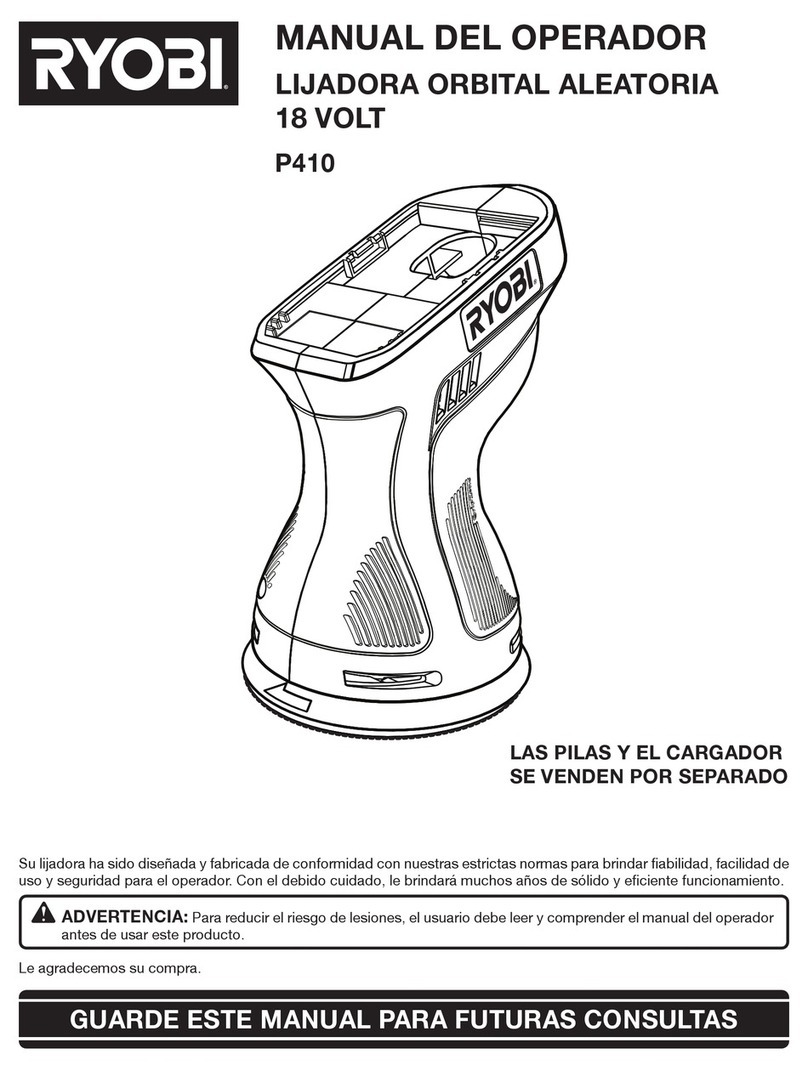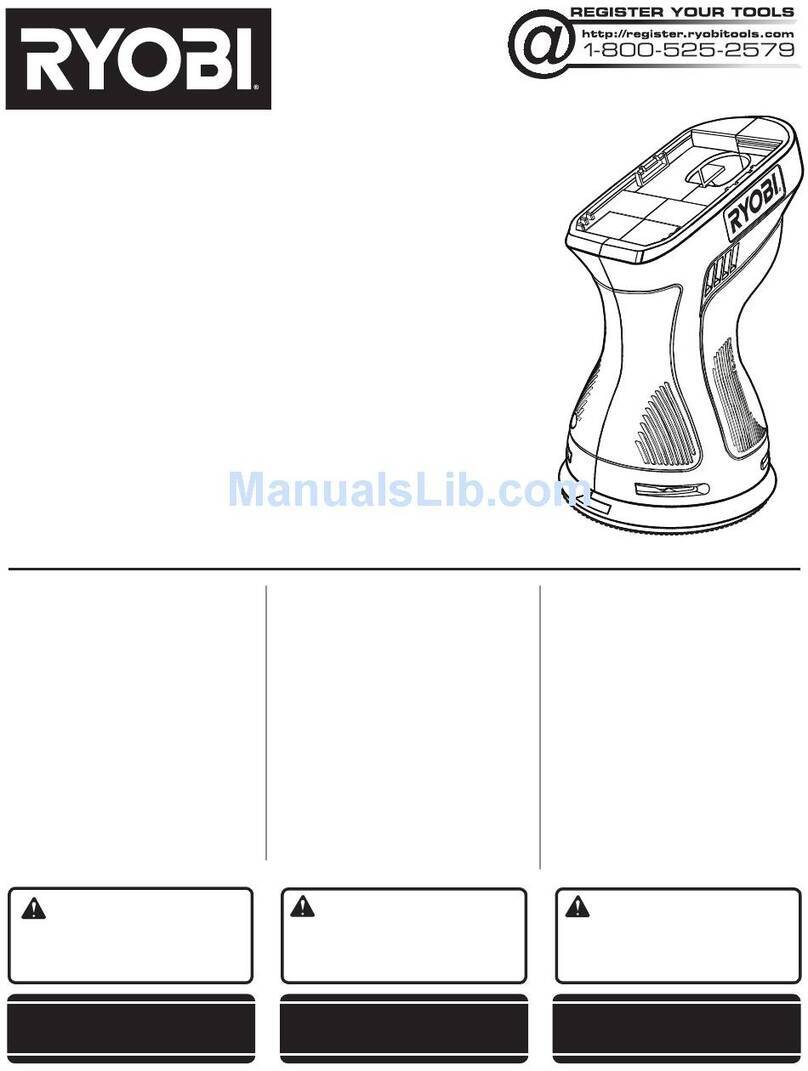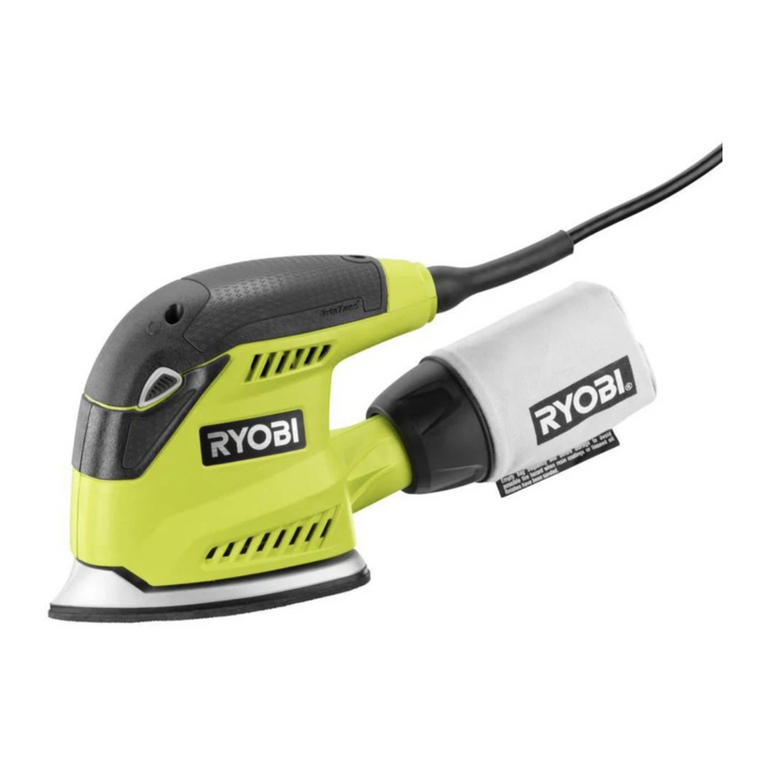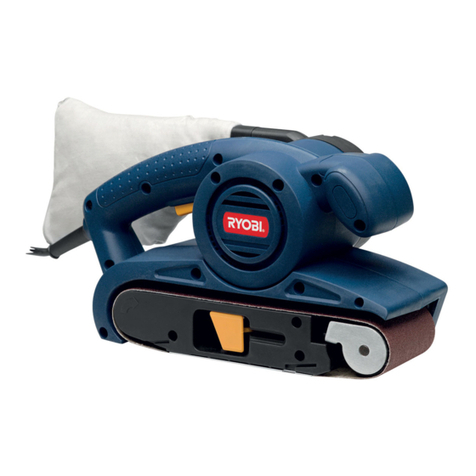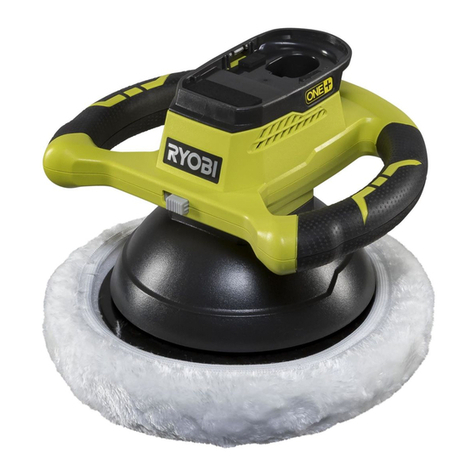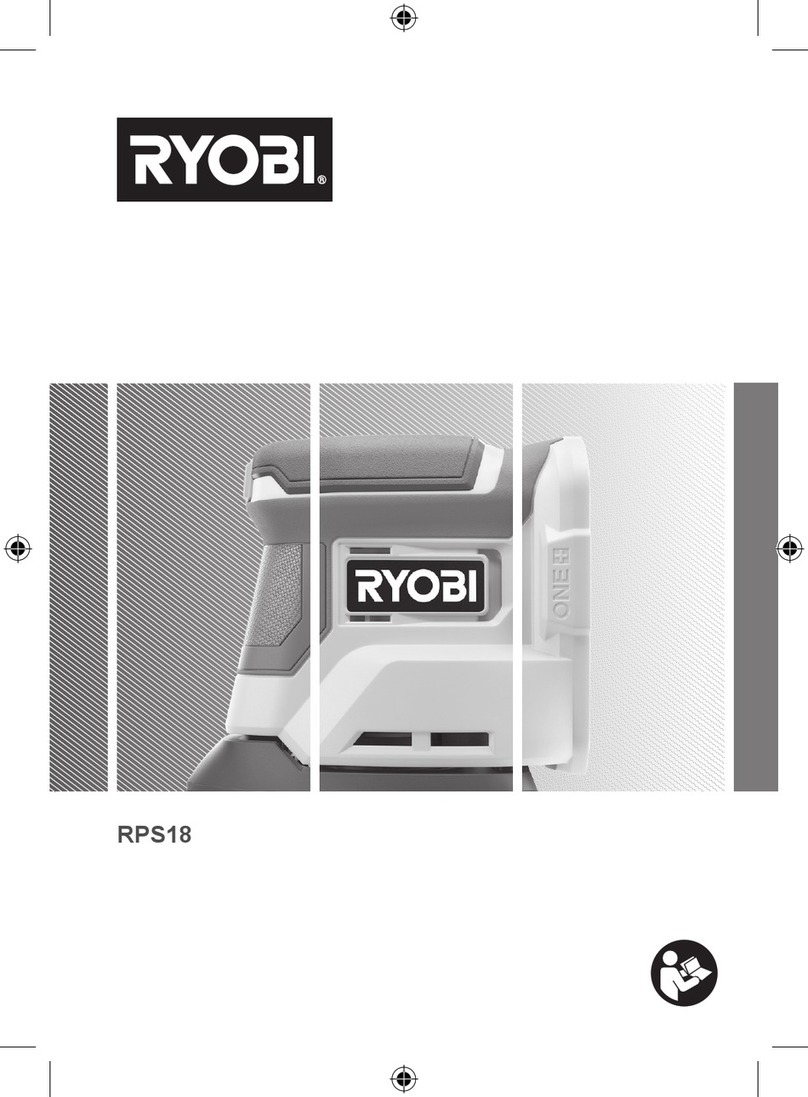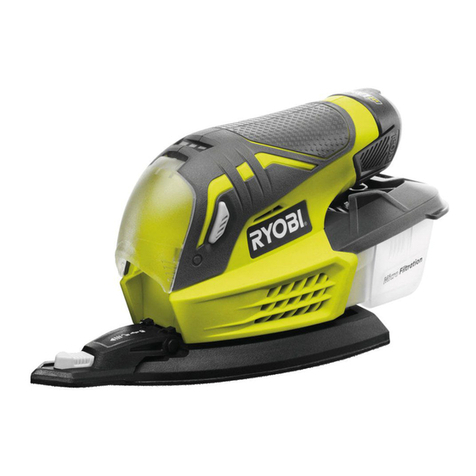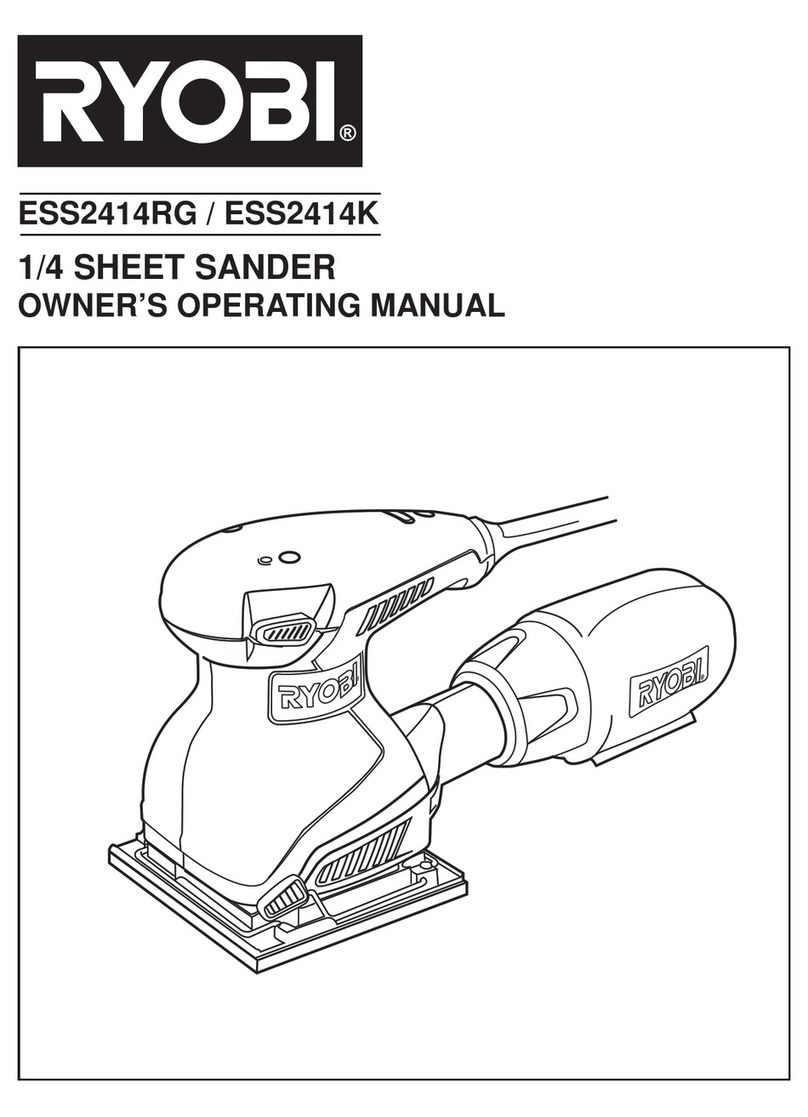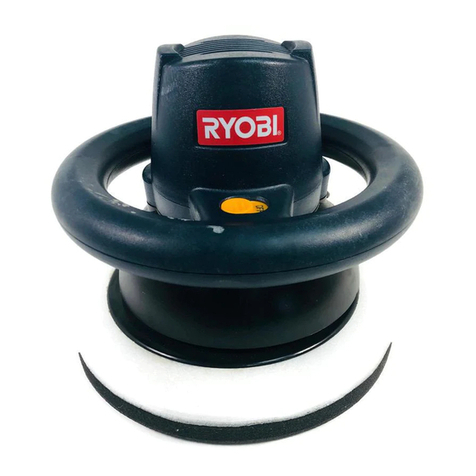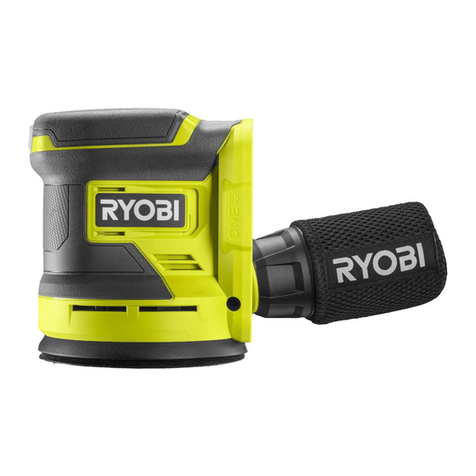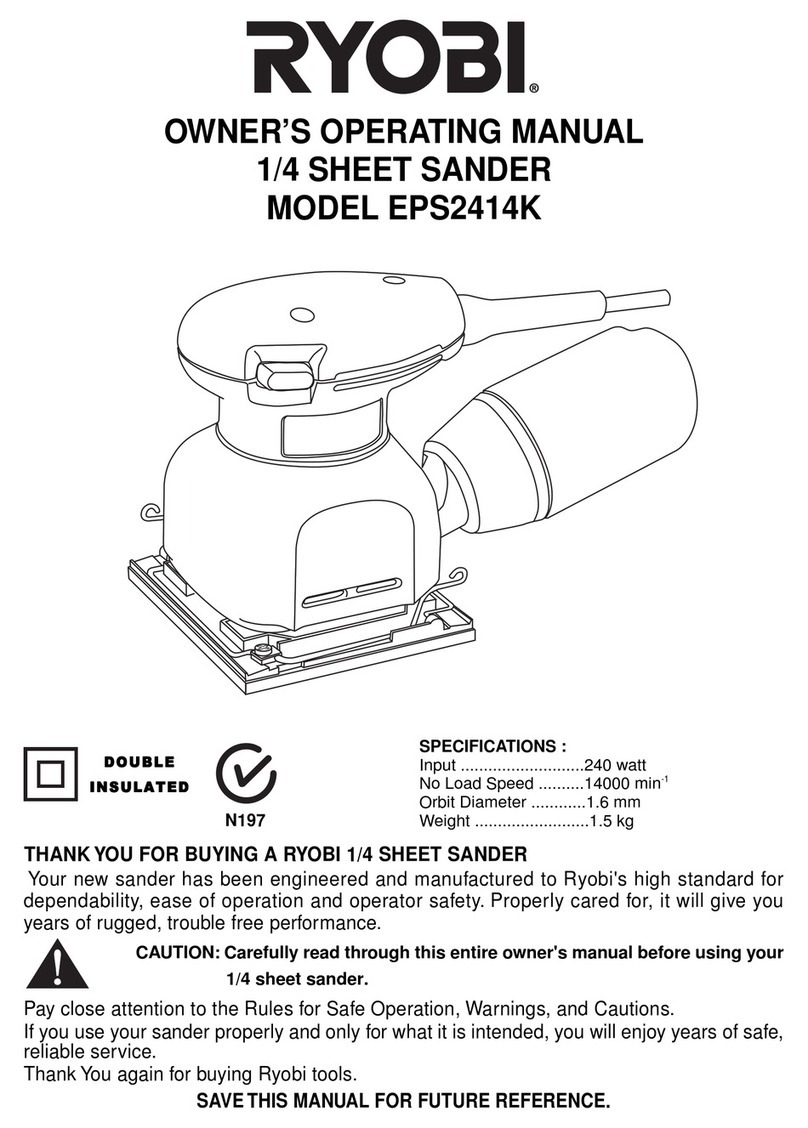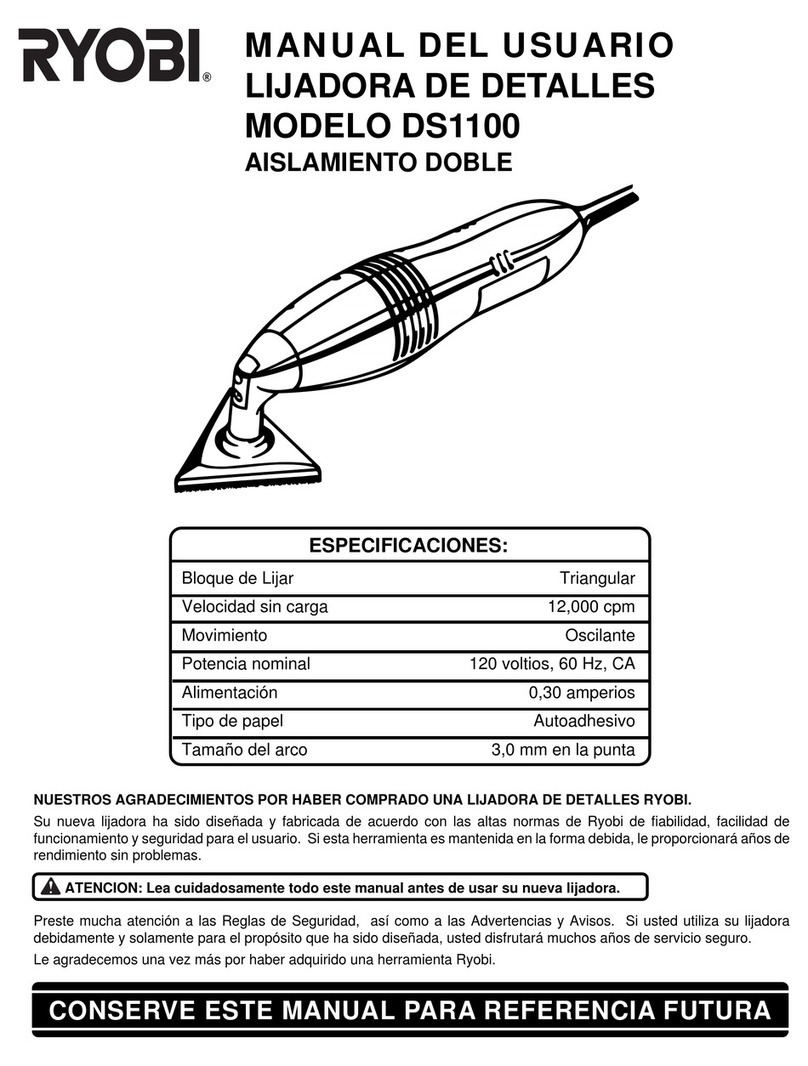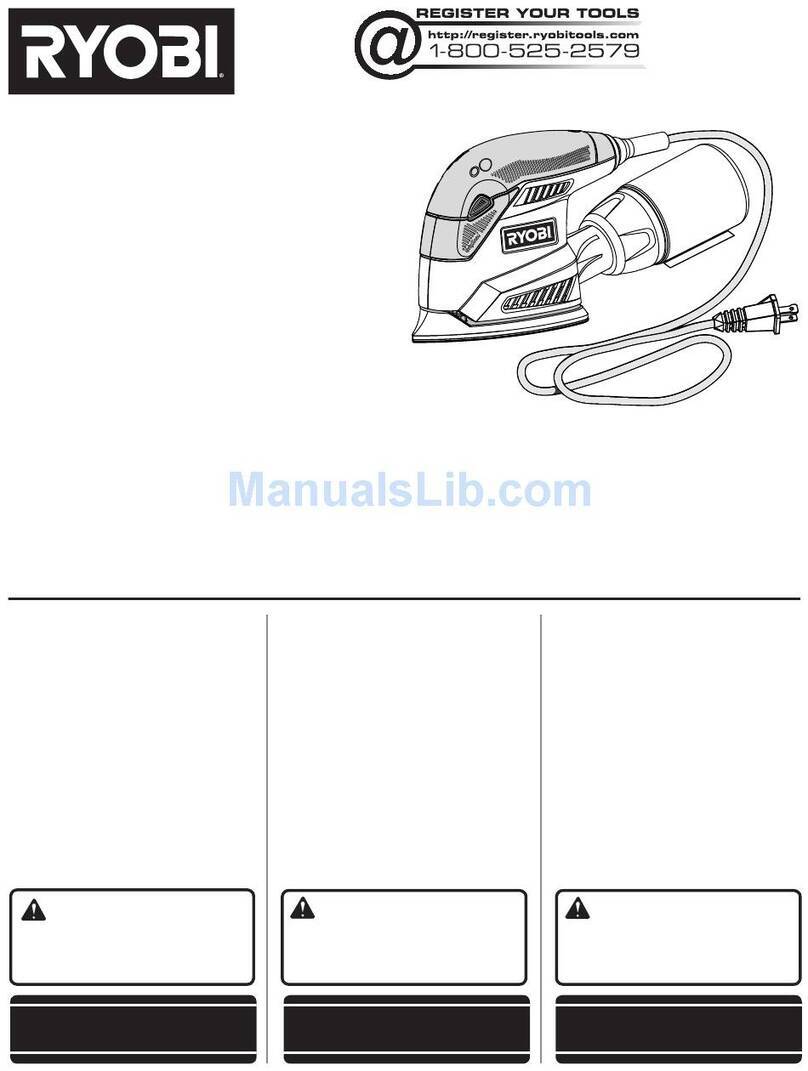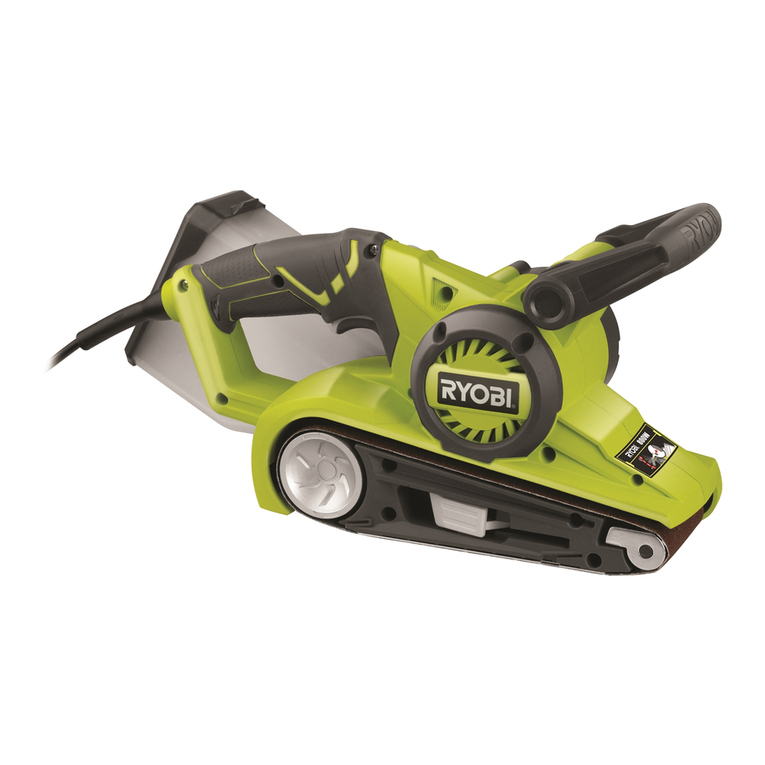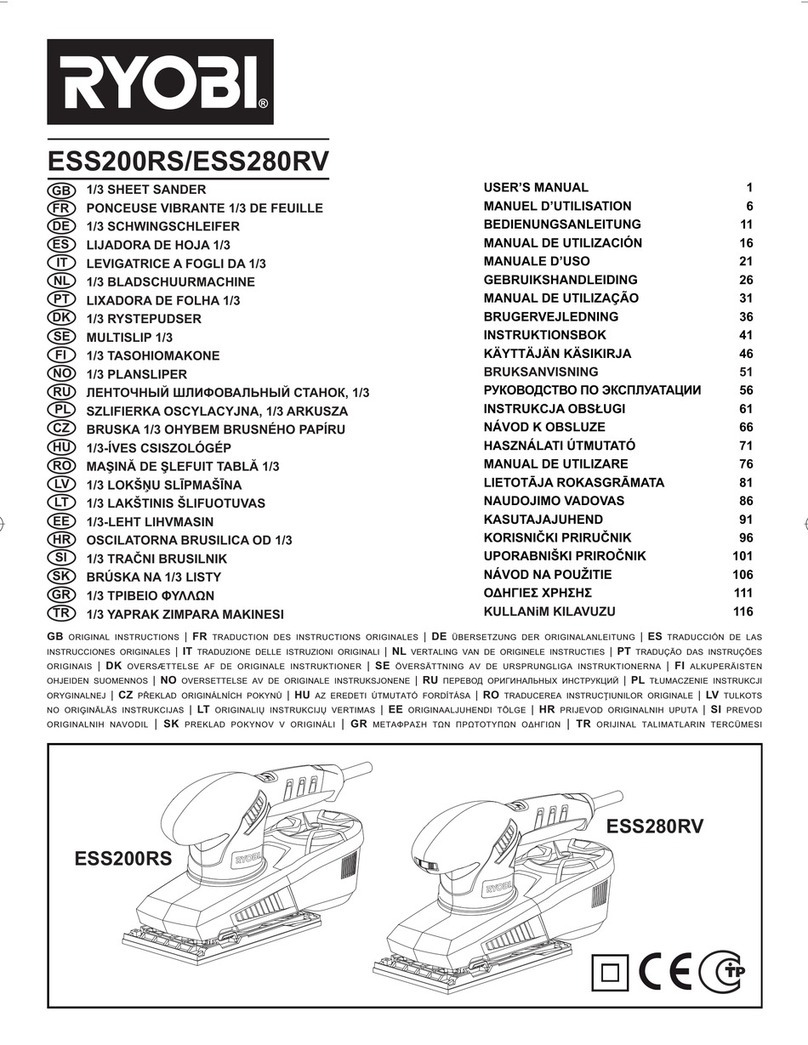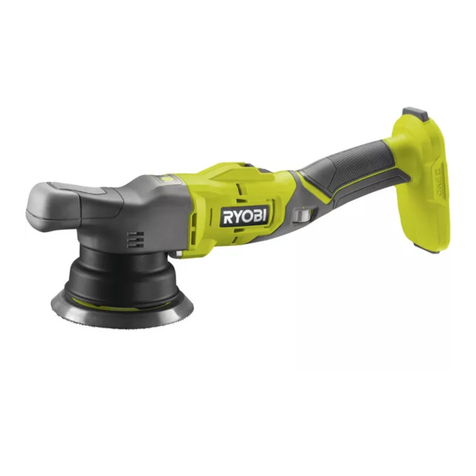
2
English
■Release the start and stop device in the case of an
interruption of the energy supply.
■Disconnect tools from the energy source
before changing accessories or making
adjustments.
■The flow of air may be regulated by adjusting flow
valve at the base of the handle.
■Required air pressure of 90psi, and an air flow
according to specification.
■For inserting the polished section to the tool, insert
the rear washer and exhaust washer with the polished
section.
■Using straight wrench and wrench for tighten the
washers for securing the polished section.
■Apply straight wrench on the inside "D" shape of the
spindle shaft.
■Apply wrench on the directions to tighten or lossen.
■Before operation, ensure the inserted tool is fixed in
tool.
WARNING
Ensure the air supply is clean and does not exceed
90psi while operating the tool. Too high an air pressure
and unclean air will shorten the product life due to
excessive wear and may be dangerous, causing
damage and/or personal injury.
LUBRICATION
An automatic in-line filter-regulator-lubricator is
recommended (Fig. 7) as it increases tool life and keeps
the tool in sustained operation. The in-line lubricator
should be regularly checked and filled with air tool oil.
Proper adjustment of the in-line lubricator is performed by
placing a sheet of paper next to the exhaust ports and
holding the throttle open approximately 30 seconds. The
lubricator is properly set when a light stain of oil collects
on the paper. Excessive amounts of oil should be avoided.
If it becomes necessary to store the tool for an extended
period of time (overnight, weekend, etc.), it should receive
a generous amount of lubrication at that time. The tool
should be run for approximately 30 seconds to ensure oil
has been evenly distributed throughout the tool. The tool
should be stored in a clean and dry environment.
●It is most important that the tool be properly
lubricated by keeping the air line lubricator filled
and correctly adjusted. Without proper lubrication
the tool will not work properly and parts will wear
prematurely.
●Use correct lubricant in the air line lubricator. The
lubricator should be of low air flow or changing air
flow type, and should be kept filled to the correct
level. Use only recommended lubricants, specially
made for pneumatic applications. Substitutes may
harm the rubber compounds in the tools O-rings
and other rubber parts.
IMPORTANT!
See Figure 7.
If a filter/regulator/lubricator is not installed on the air
system, air operated tools should be lubricated at least
once a day or after 2 hours work with 2 to 6 drops of oil,
depending on the work environment, directly through
the male fitting in the tool housing.
LOADING AND OPERATION
WARNING
If any of the following symptoms appears during your
operating, stop using the tool immediately, or serious
personal injury could result. Only qualified persons or
an authorized service center can perform repairs or
replacement of tool.
■Clean air inlet filter weekly.
■Line pressure should be increased to compensate for
unusually long air hoses (over 8 metres). The minimum
hose diameter should be 6.35 mm (1/4”) I.D. and fittings
must have the same inside dimensions.
■Keep hose away from heat, oil and sharp edges. Check
hose for wear, and make certain that all connections
are secure.
■Release the start and stop device in the case of energy
supply failure.
■Use only accessories recommended by the
manufacturer of the tools are used.
■WARNING! Grinding wheels and cutting off tools shall
not be used.
MAINTENANCE
■Keep the tool safe by regular maintenance.
■Always keep your air tool clean and lubricated. Daily
lubrication is essential to avoid internal corrosion and
possible failure.
■Maintenance shall be taken weekly.
■Drain the air tank daily. Water in the air line will
damage the wrench.
■If the tool cannot be used anymore, make sure to
dispose of it so as not to impose hazards on people
